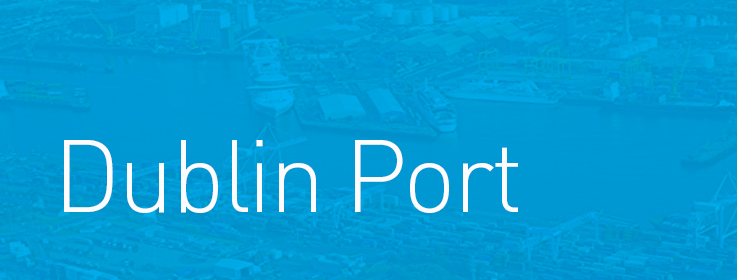

Dublin Port Scholarship Programme Celebrates 21st Anniversary: 24 New Scholarships Granted in 2022
9th November 2022 Dublin Port

Dublin Port Encourages Ringsend’s Sense Of Itself As A Historic Maritime Community
29th October 2022 W M Nixon
Brent Pope Gives Mental Health Talk to Dublin Port Workers As Part of Irish Port Safety Week
26th October 2022 Dublin Port

The Presidents of Ireland and Portugal Visit Ireland’s New State of the art Research Vessel RV Tom Crean in Dublin
21st October 2022 RV Tom Crean
Ringsend Sailing Trawlers: Cormac Lowth's New Book is Launched at Poolbeg Yacht and Boat Club
15th October 2022 Wavelength Podcast
Dublin Port Hosting Five Days of Events for Second Annual Irish Port Safety Week
10th October 2022 Dublin Port


Ship Moored in Dublin Port for Years to Remain Berthed Up to Next Summer
14th September 2022 Dublin Port
New InterCity & Commuter Train Carraiges for Irish Rail Arrive at Dublin Port from South Korea
8th September 2022 Dublin Port
Dublin Port Company and Arts Council Announce Artist Campus at Odlums Mill Site
2nd September 2022 Dublin Port





























































